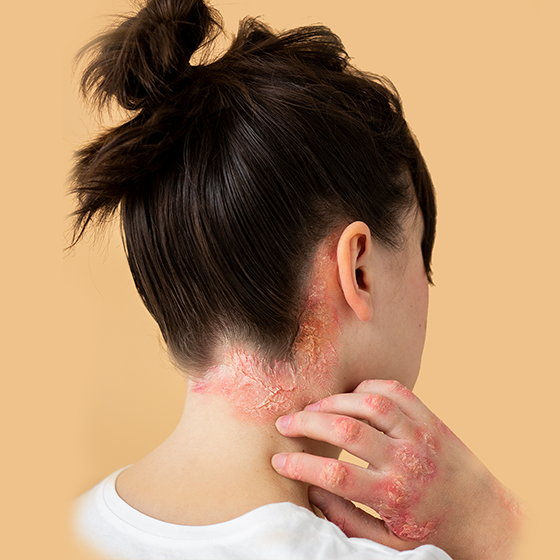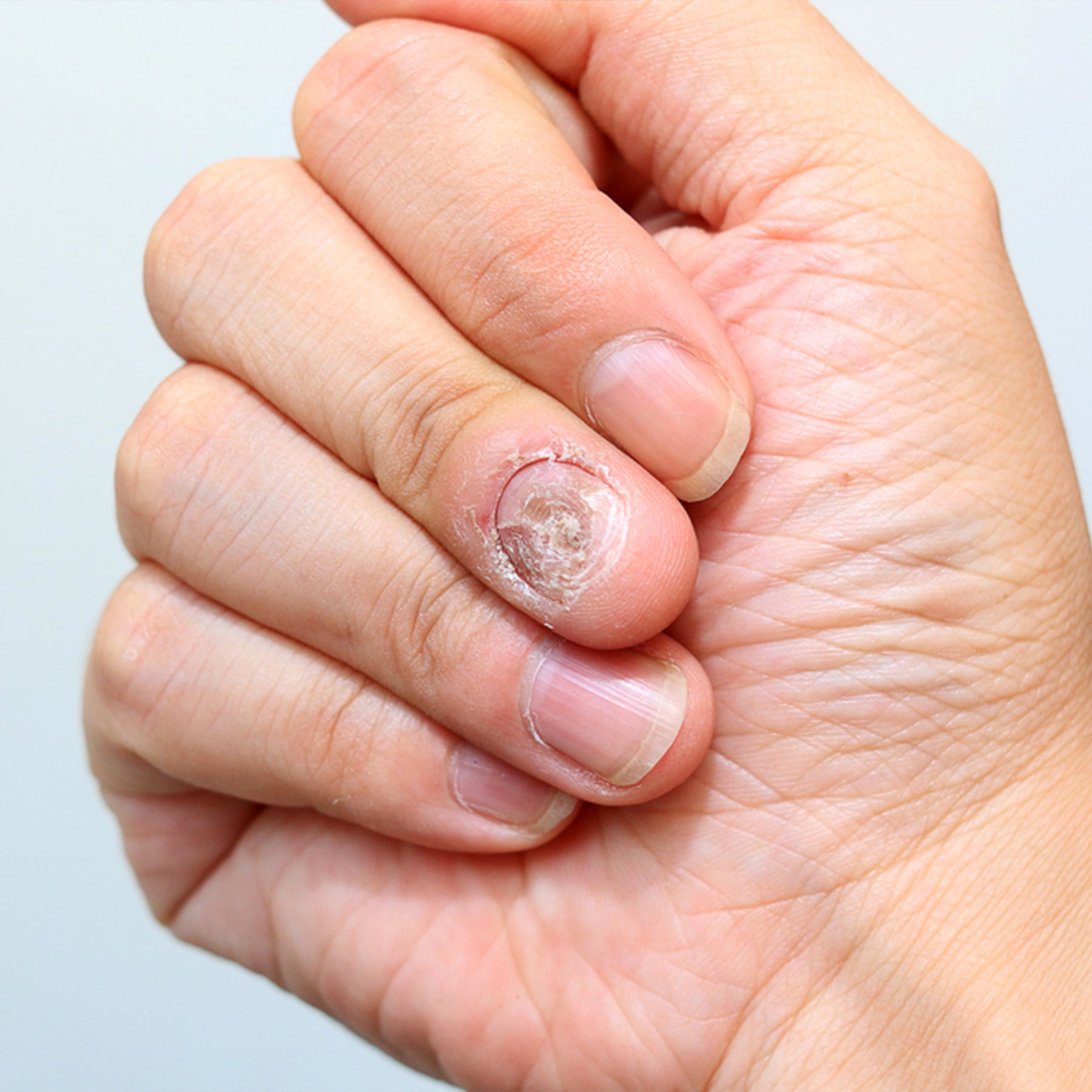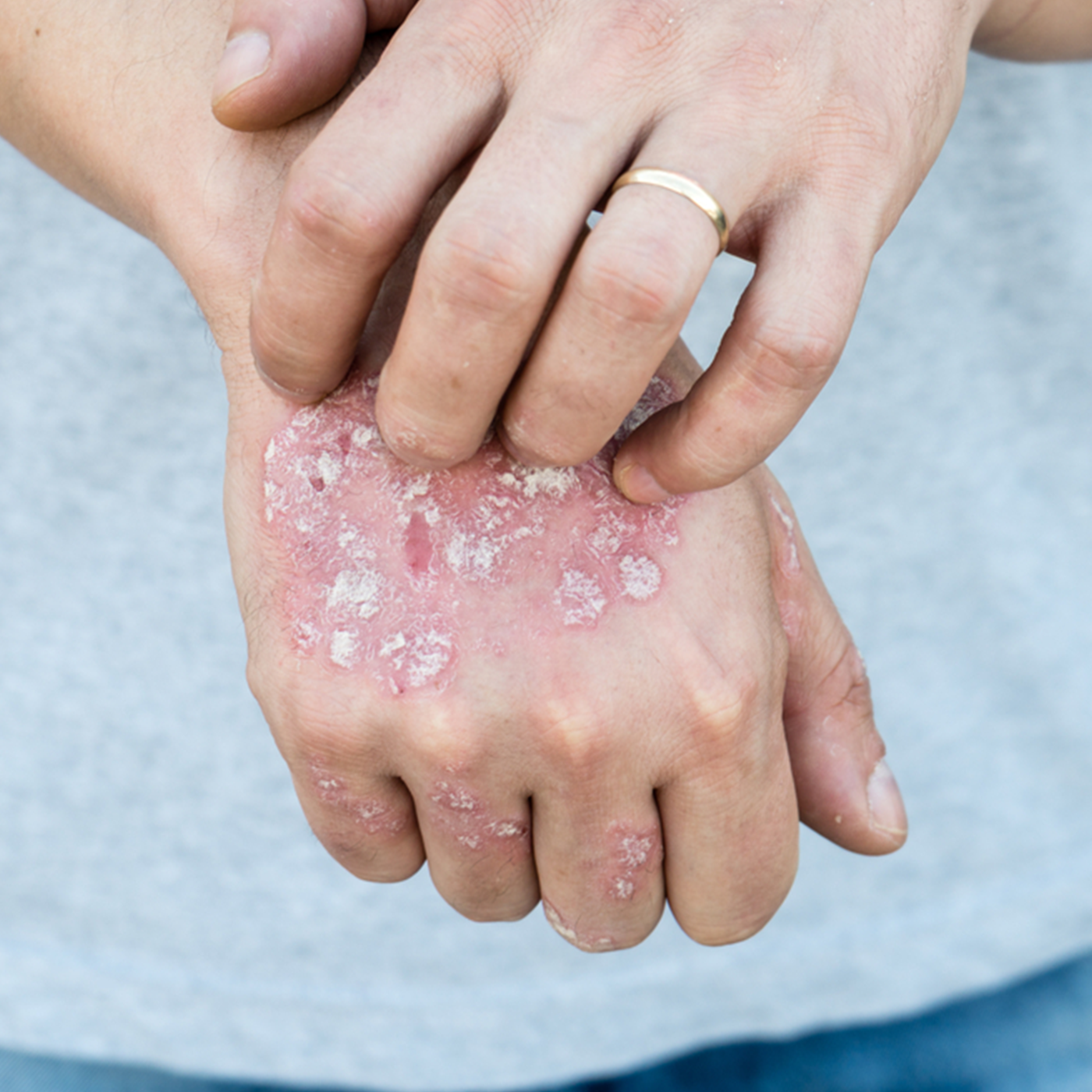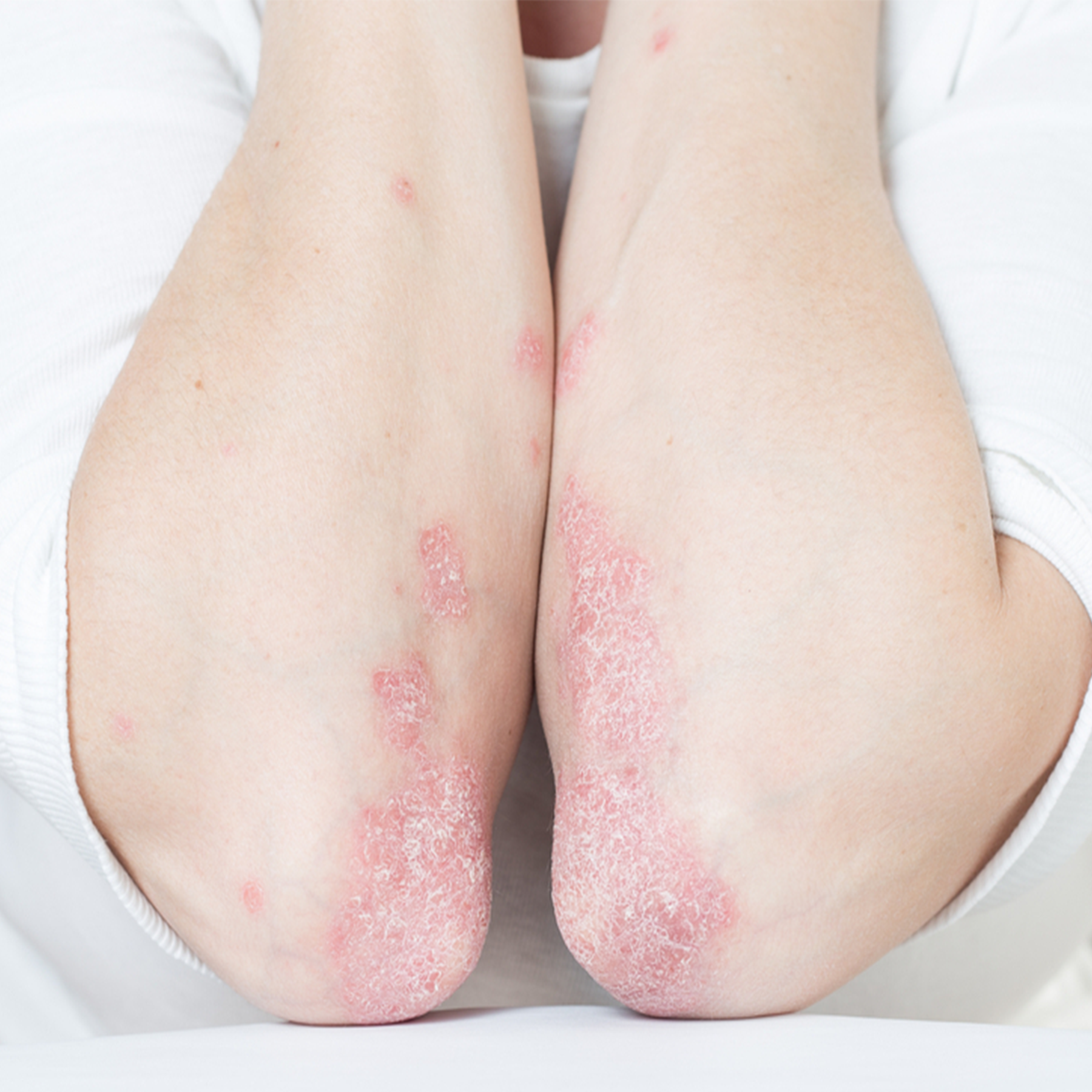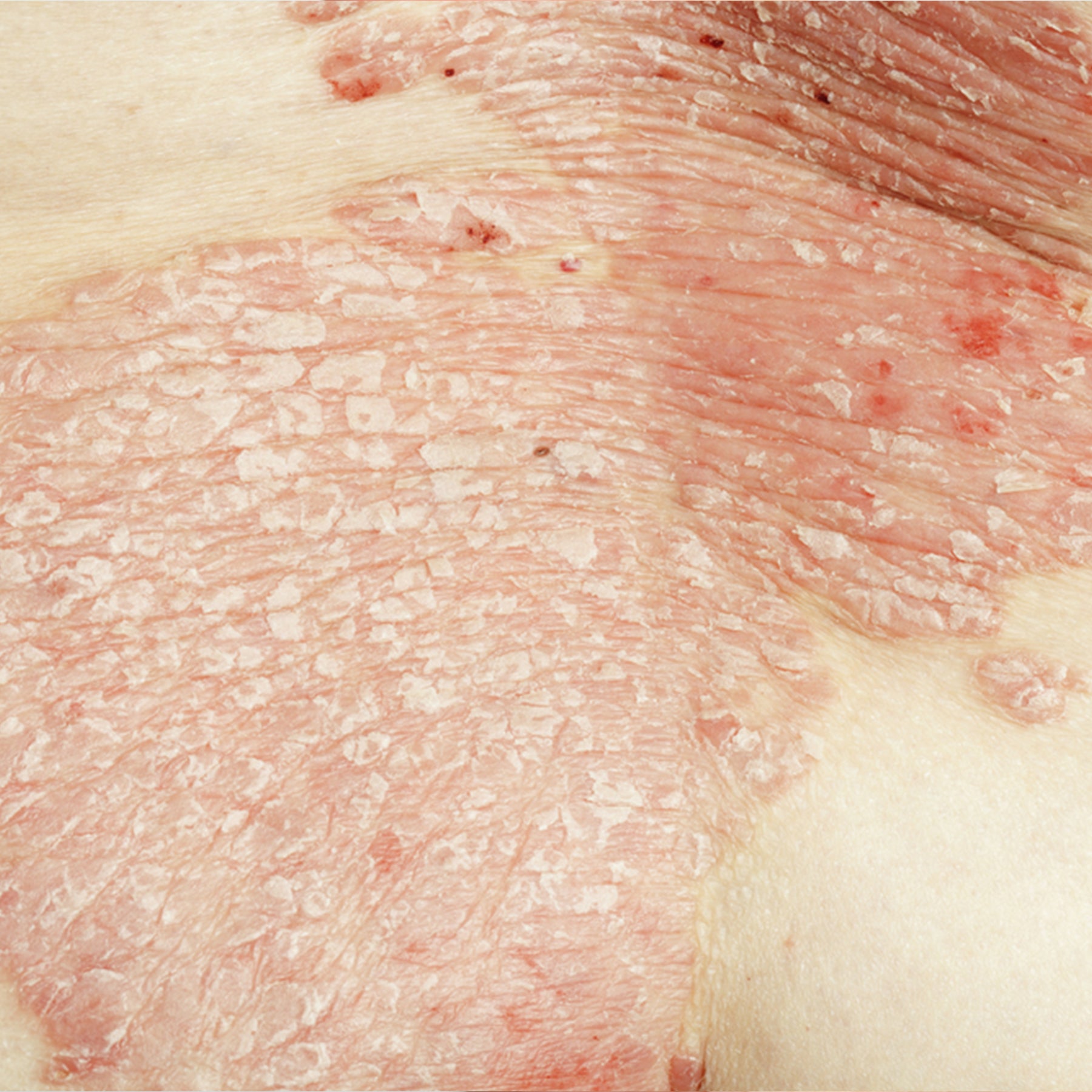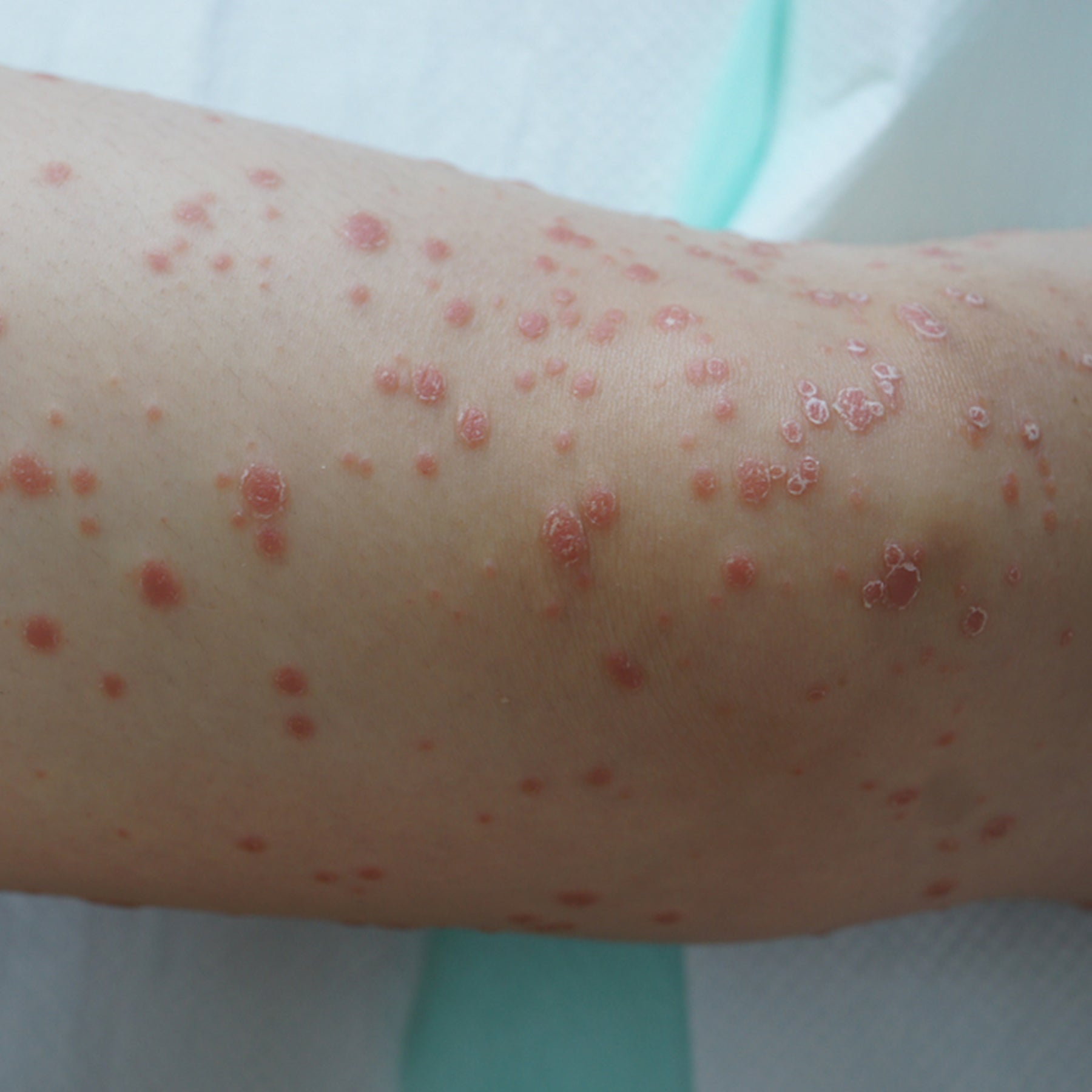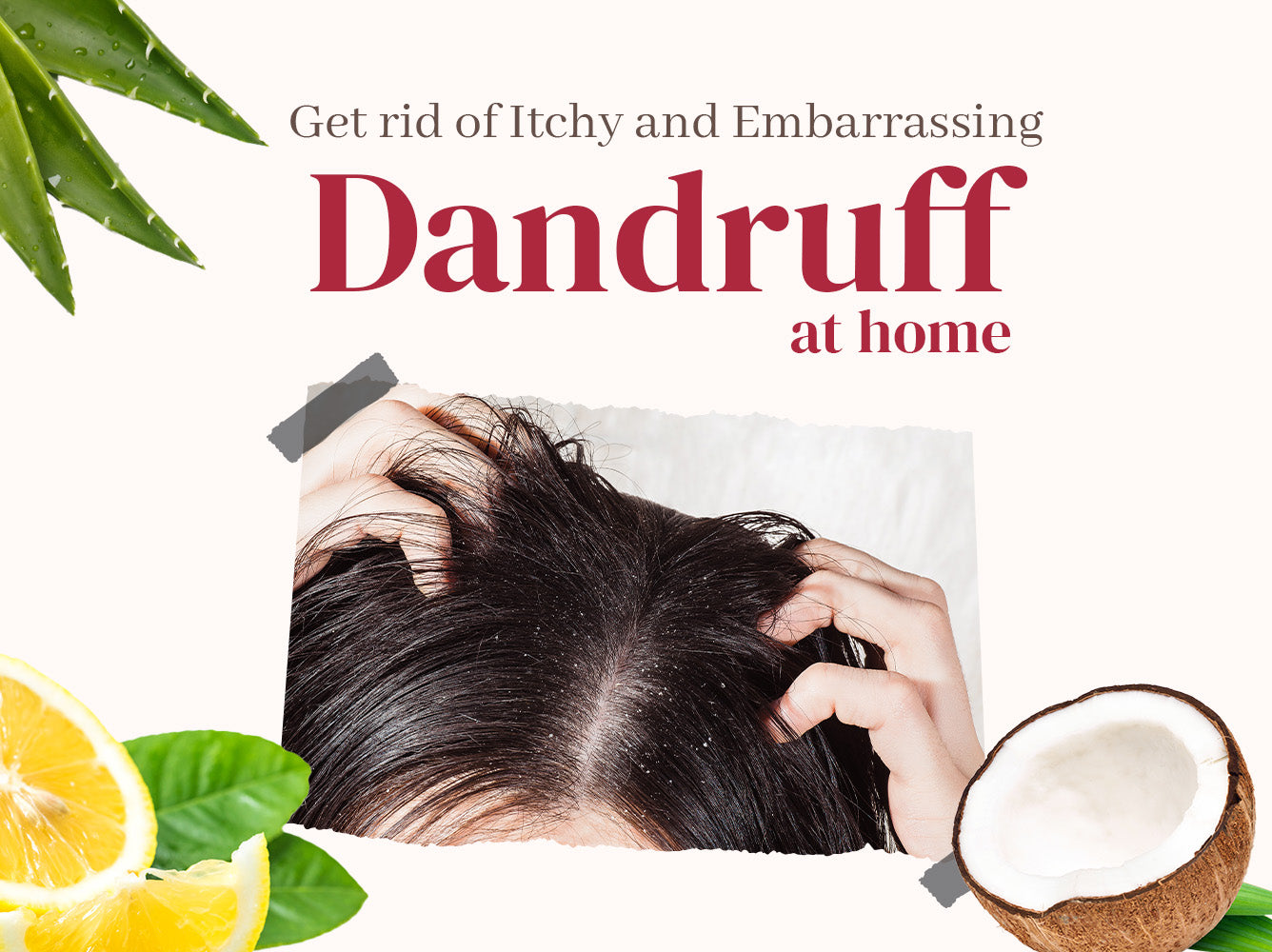The most common problem we face is damaged hair, falling, and dandruff. In the initial stages of any hair problems, we tend to worry the most and rely on different commercial products full of harsh toxic chemicals, which worsen the situation.
That's when we should avoid conventional shampoo and prioritize natural hair care. Making our own homemade natural hair shampoo is a cost-effective option, allowing us to tailor ingredients to suit our hair's specific needs, which is becoming increasingly popular. It will be totally natural, gentle on the scalp and hair, and great for people with sensitive skin.

We'll walk you through the steps to make your own chemical free homemade natural hair shampoo that will work on different types of hair problems. The best part about this homemade natural shampoo is that it is effortless to make and will save your hair and money in the long run.
Before making your natural hair shampoo, it's essential to understand the issues you are facing with your hair. This will help you choose the right ingredients for your shampoo formulation, ensuring optimal results.
Ingredients and Preparation Process:
There are many recipes for natural hair shampoo, but they all have two things in common: they use natural ingredients and don't require any special equipment or knowledge to make them.
We'll proceed with some common issues, such as Hairfall, Dandruff, and Grey Hair.
And for that, we use the following ingredients:
- Indian Gooseberry (Amla)
- Indian Soapberry (Ritha)
- False Daisy (Bringraj)

Indian Gooseberry (Amla):
Indian Gooseberry, also known as Amla, is a small, round fruit that grows on the Indian subcontinent. The fruit is sour and bitter in taste and is used in traditional Indian medicine. Amla is rich in Vitamin C and treats various ailments, including hair loss.

Indian Soapberry (Ritha):
Ritha, or soapberry, is a small fruit that grows on the Sapindus Mukorossi tree. The tree is native to India and has been used for centuries in Ayurvedic medicine and cosmetics. Ritha contains saponins, which are natural surfactants that can be used to cleanse the scalp and hair.

False Daisy (Bhringraj):
Bhringraj is an herb used for centuries in Ayurvedic medicine. The leaves of the false daisy plant are rich in vitamins and minerals and have been used to treat various hair and scalp conditions. False Daisy is an excellent natural shampoo for those with dandruff, dry scalp, or other scalp conditions.
Preparation:
- Take 2 Amla and 8 seeds of Ritha. Boil it in hot water and leave it in. At the same time, keep the herb of Brinjraj soaked in hot water.
- Then, keep it all for the whole night.
- Next early morning, remove the seeds of Reetha and mash the extract in the water with Amla.
- It will start to become foamy. Mash it for 5 to 10 minutes. Then, strain it.
- Also, strain the Bhringraj that we have soaked overnight in hot water and mix it all.
- Our shampoo is ready. We can put it in a jar and preserve it for 2 to 3 weeks.

How to Use Natural Hair Shampoo?
To use natural hair shampoo, wet your hair and scalp, and then massage the shampoo into your scalp. Rinse thoroughly with water. You can use this shampoo daily or as often as you like.
Benefits of Using Natural Shampoo:
Natural shampoo has many benefits, including that it is better for your hair and scalp, is more gentle and moisturizing, and can help improve your hair's condition. Natural shampoo is also usually made with fewer chemicals and synthetic ingredients than conventional shampoo, which can be good for your hair and health.

Follow-ups for Best Results:
- Avoid using shampoos that contain harsh chemicals and sulfates. These can strip your hair of its natural oils, leaving it dry and brittle.
- Look for shampoos specifically designed for people with sensitive scalps or skin conditions like eczema or psoriasis.
- Choose a shampoo that has a low pH level. This will help to maintain your hair’s natural moisture balance and prevent it from becoming too dry or frizzy.
- Follow up with a conditioner to help replenish the moisture in your hair and protect it from damage.
Conclusion:
Making your own homemade natural hair shampoo is an easy and cost-effective way of getting the best out of your hair. With a few essential ingredients and trial and error, you can create a natural homemade shampoo that works for your specific hair type while avoiding the harsh chemicals in many shampoos bought from stores. Natural shampoos are also environmentally friendly as they don’t contain any synthetic ingredients or preservatives.
This homemade natural shampoo formula will cleanse your hair and nourish and strengthen it naturally. So say goodbye to chemical-filled products, try them out for healthier, more robust, softer ones, and unleash the best version of your hair!

